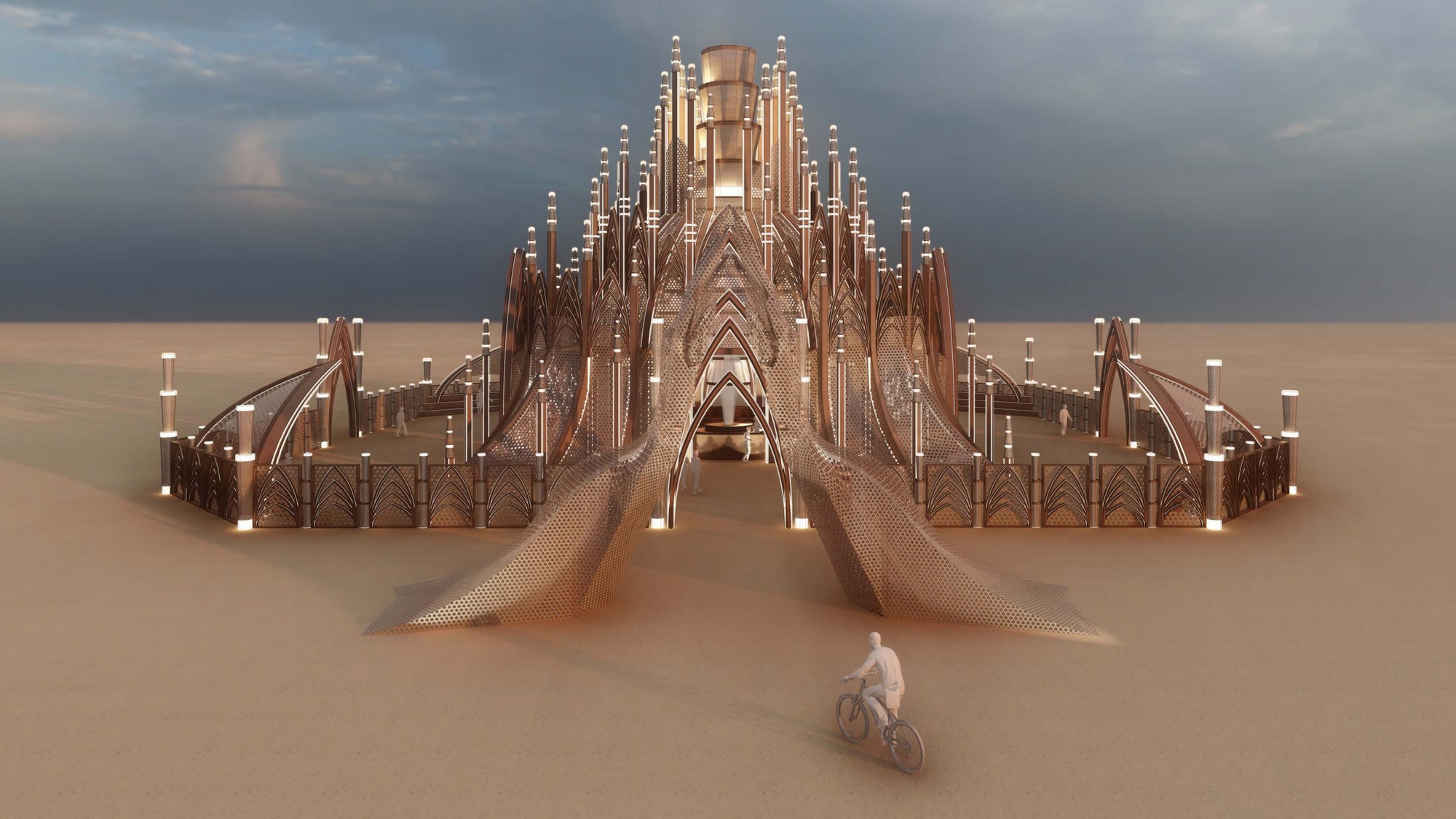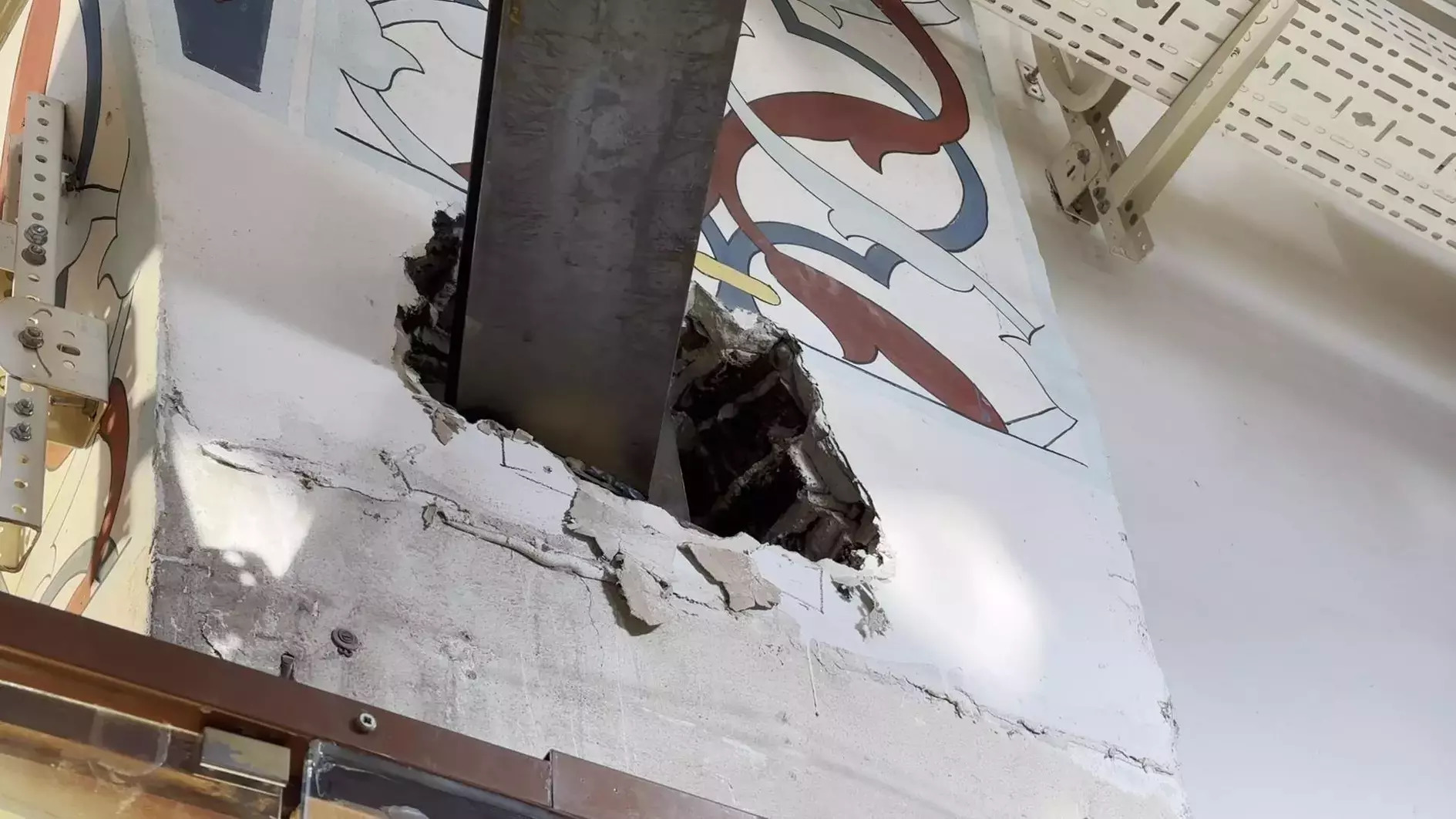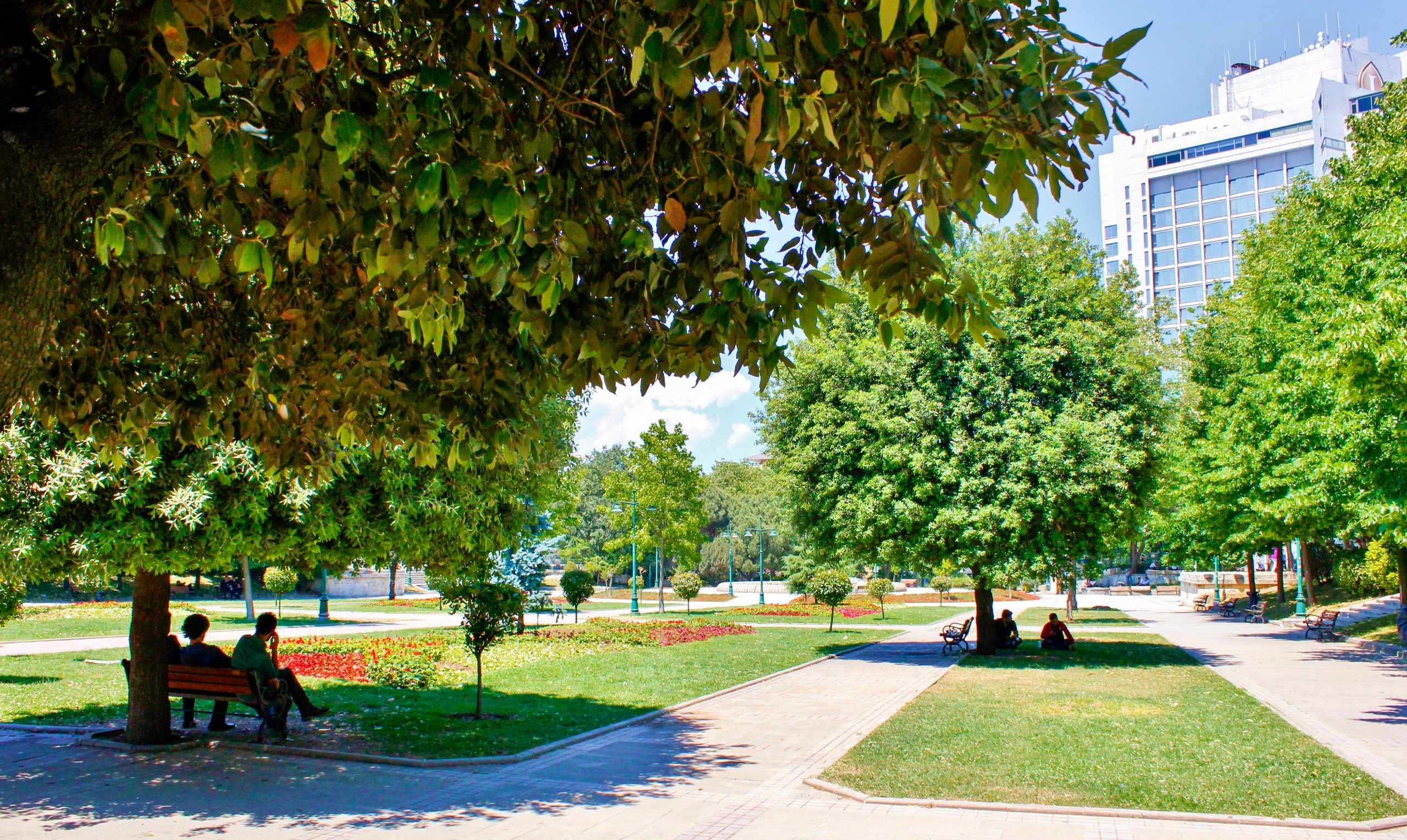The annual festival Burning Man has revealed the design of the 2024 Temple at Black Rock City, which will become the central installation during the festival happening between August 25th and September 2nd, 2024, in Black Rock Desert, Nevada.
Titled “The Temple of Together,” the proposal is designed by Caroline Ghosn, the first BIPOC, female Temple lead artist. The proposal takes cues from neo-gothic religious architecture, combined with Art Deco styles and Lebanese Khaizaran weaving techniques to create a symbol of unity and respect. The design was selected following an international competition seeking novel interventions that fit the Burning Man tradition. Measuring 94 feet in diameter and 70 feet in height, the structure recreates the motif of hands joined in prayer as a symbol of common spirituality, unity, and humility. The symbol is also recreated using neo-Gothic ogive arches repeated throughout the design. The layered geometrical shapes that take cues from the Art Deco style add complexity to the overall image.
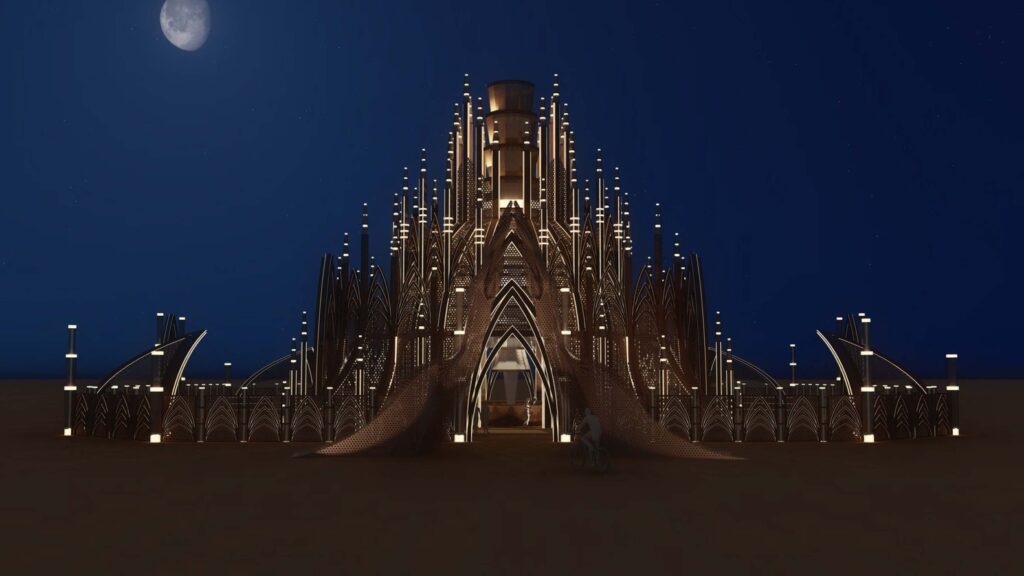
The installation is clad in reed weaved following Khaizaran traditional techniques, in a nod to Caroline’s childhood memories. This also allows for a lightweight structure that employs sustainable and reusable materials. The designer considered that volunteers would build the structure, so the weaving technique is adapted to allow participation from people of any skill level, encouraging engagement and creativity.
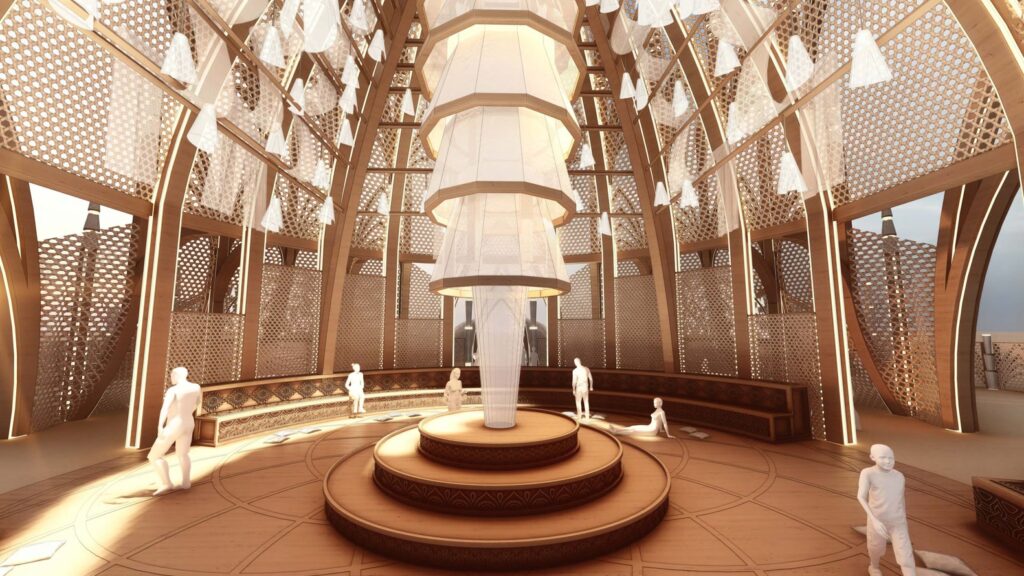
The Temple of Together was appreciated for its feeling of familiarity, creating inviting and comfortable spaces that pay homage to the Temples of the past. Among them, Caroline references the Temple of Grace by David Best, the original Temple artist, and the central structure during Ghosn’s first Burning Man experience in 2014. The various design elements combine to create a concentrated space at the center of the design, an interpretation of an altar defined by raising lanterns that symbolize the joined energy and shared journey.







